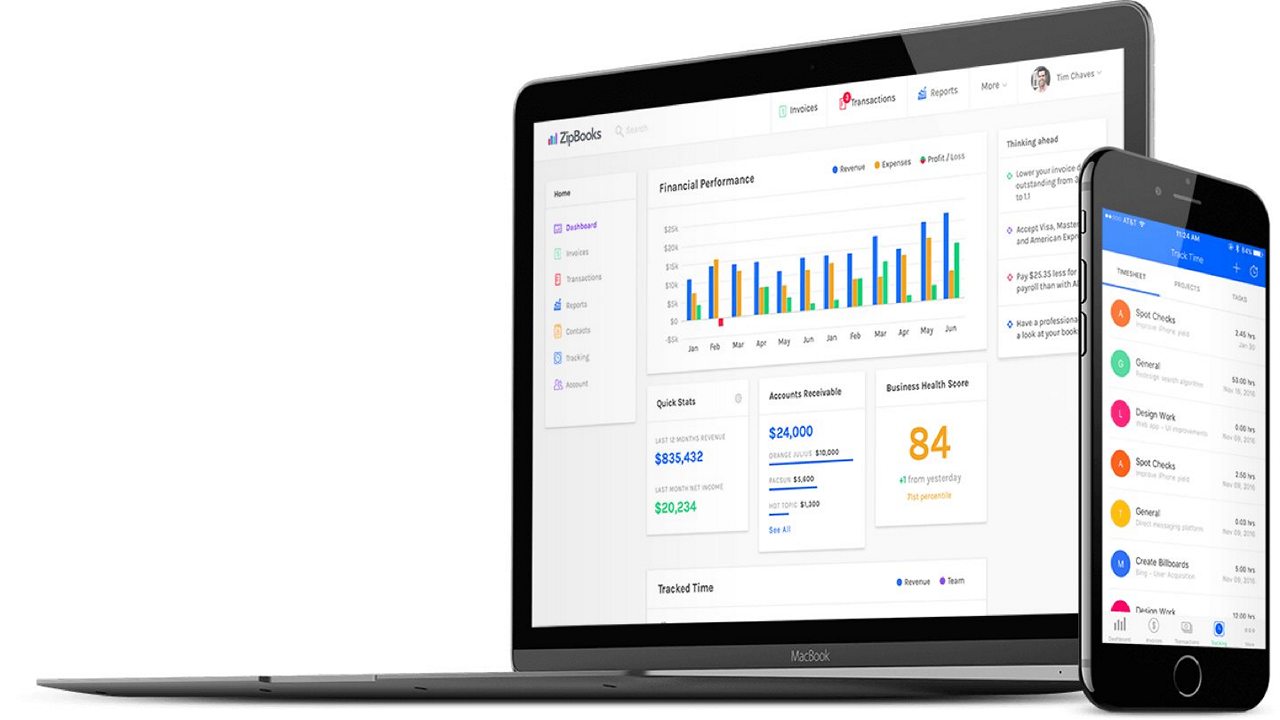Before you select a billing service for your medical company, it is important that you know how physical therapy billing works. To start us off, we will try to make a distinction between a billing service and billing software before heading into the details.
Billing software versus billing services

Billing software can be defined as a program or application used to organize billing submissions in a logical and consistent manner. Later on, the users will submit them themselves or use a billing service for the same purpose.
On the other hand, a billing service is considered as an arrangement where a company will handle the submission of bills to the insurance company as well as the collection of revenue and other dues.
From the above definitions, it can be understood that you can have either or both. If you have billing software installed in your company, you will still need a billing service if you don’t intend to submit the bills yourself.
So, how does physical therapy billing work?
For the following physical therapy billing to apply, we will be working with the assumption that you will be submitting a claim through an insurance company. The typical process is as defined below:
- Your bill will be first submitted to the patient, a ‘claims clearinghouse’ or in some cases a third-party payer.
- If the bill is submitted to a ‘claims clearinghouse’, the entity will, later on, submit the bill to the payer.
- At the same time of service, copayments will also be due. When it comes to copayments, a common question is, “Can a copayment for someone be legally waived?” Our answer to this question is no. It is not legal because of the setup and operation of insurance companies and Medicare. If a copayment is waived, an insurance company can choose to file a complaint about fraudulent financial operations with the federal government.
Okay. The copayment has been paid and the insurance company has received a bill. Everything is rosy, right? You should be expecting the rest of your payment. Not necessarily. The insurance company will send you a payment. But we should make you aware that it may be less than what you actually billed.
So, what about the balance of my payment?
You might try to bill someone for the balance but that is not typically allowed. This is known as balance billing in many quarters and is not permitted. What we recommend that you do is use an Advance Beneficiary Notice, ABN. The ABN works as an agreement that will allow you as the medical practice to bill the patient in the case that there is a part of the payment that you haven’t received. With the ABN signed by the client, they agree to be held liable to make the payment.
With the ABN in place, all you have to do is to wait for the payment and make any follow-ups in case of any shortages. Sounds messy? Indeed. Submission of claims has always come with its own issues. So we recommend that you look up a billing service that can work wonders for you.
